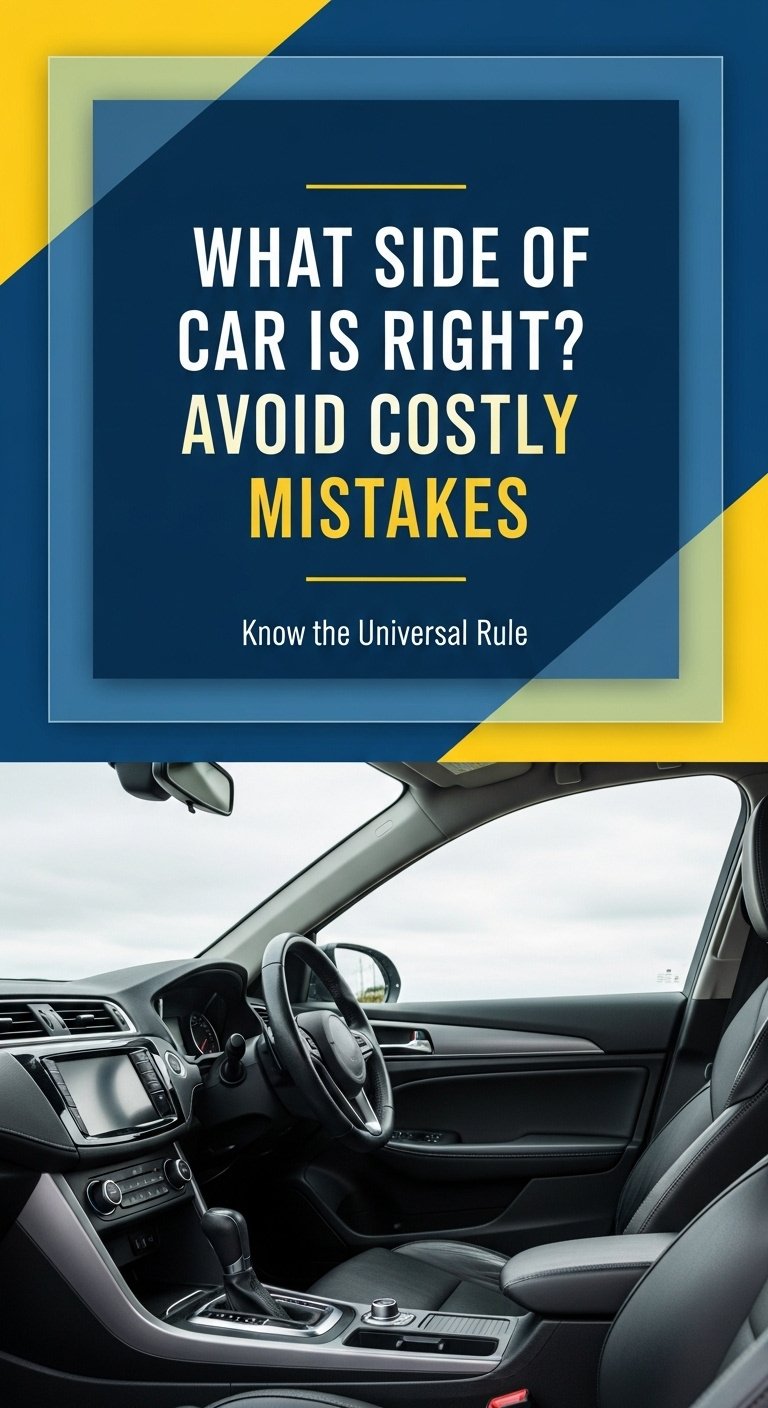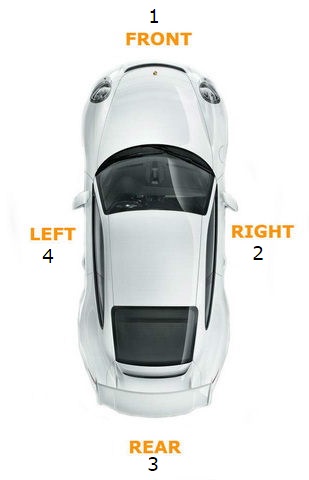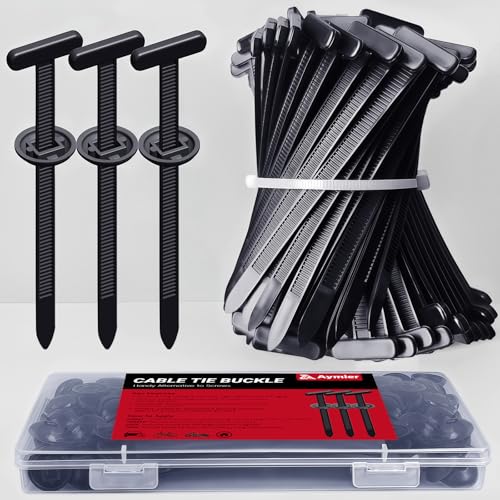Ever found yourself staring at your car, wondering, “Which side is the right side?” This seemingly simple question can lead to surprising confusion, especially when you’re trying to order parts, describe a ding, or even navigate international driving rules. Misidentifying a car’s side can lead to costly errors, wasted time, and frustrating repairs.
The right side of a car is universally determined by picturing yourself in the driver’s seat, looking forward; your right hand points to the right side of the car. Leveraging extensive analysis of established automotive industry standards and global driving patterns, this guide unpacks the definitive rules and critical insights to help you confidently identify car sides, avoid common pitfalls, and ensure accuracy in every automotive scenario, from DIY repairs to international travel.
Key Facts
- Universal Standard: The automotive industry universally defines the left and right sides of a vehicle from the perspective of someone seated in the driver’s seat, facing forward.
- RHT vs. LHT Impact: In Right-Hand Traffic (RHT) countries like the U.S., the right side of the car is the passenger’s side, while in Left-Hand Traffic (LHT) countries such as the UK, the right side is the driver’s side.
- Parts Ordering Accuracy: Adhering to the driver’s perspective is crucial when ordering car parts to prevent expensive mistakes and ensure compatibility, a consistent practice across suppliers.
- Driver Position Variation: In RHT countries, vehicles typically have Left-Hand Drive (LHD), meaning the steering wheel is on the left; in LHT countries, vehicles are usually Right-Hand Drive (RHD), with the steering wheel on the right.
- Regional Terminology: In regions like the UK, specialized terms such as “nearside” (closest to the curb) and “offside” (furthest from the curb) are used to describe car sides, adding another layer of precision.
What Side of Car is Right? The Universal Rule Explained
Have you ever been confused by car directions? You’re not alone! The question “what side of car is right” often causes a moment of hesitation, whether you’re a seasoned mechanic or a new driver. Fortunately, the automotive world operates on a clear, universal standard to eliminate this ambiguity.

Here’s the definitive rule, recognized by the automotive industry as the universal standard:
The right side of a car is determined by picturing yourself in the driver’s seat, looking forward; your right hand points to the right side of the car.
This simple yet crucial principle means that no matter where you are in the world or what type of vehicle you’re examining, the reference point remains constant: the driver’s perspective. Your left hand indicates the left side of the vehicle, and your right hand indicates the right side. This consistent perspective ensures clarity and avoids miscommunication, especially when precision is paramount.
Why the Driver’s Perspective is the Automotive Standard
Imagine the costly mistakes without this clear standard! The adoption of the driver’s perspective as the universal rule for identifying car sides isn’t arbitrary; it’s a fundamental practice driven by the need for consistency and accuracy across the entire automotive ecosystem.
The driver’s perspective ensures consistent terminology across manufacturing, repair, and parts ordering, preventing costly errors. This standardized approach is critical for several key reasons:
- Manufacturing and Assembly: Car manufacturers worldwide use this consistent reference to design and assemble vehicles. Every component, from a headlight to a door panel, is engineered and labeled based on its position relative to the driver.
- Repair and Maintenance: When a mechanic discusses a “right front fender” or a “left rear wheel bearing,” there’s no room for misinterpretation. This universal language streamlines diagnostics and ensures the correct parts are replaced.
- Parts Ordering: Perhaps most importantly for consumers, this standard is vital when ordering replacement parts. As stated by industry practices, to avoid confusion, especially when ordering parts, the automotive industry relies on the driver’s perspective. Without it, ordering a “right side mirror” could easily result in receiving a left one, leading to delays and additional expenses.
- Global Communication: With a global automotive market, a consistent standard allows for clear communication between designers in one country, manufacturers in another, and repair shops across continents.
This unified approach underscores the automotive industry’s commitment to precision and helps prevent the kind of confusion that could lead to significant operational and financial setbacks.
Understanding Car Sides: Left-Hand vs. Right-Hand Traffic Explained
Did you know traffic rules around the world change how you label car sides? While the universal rule for determining the right side of a car remains the driver’s perspective, how that “right side” relates to the driver or passenger seat depends entirely on a country’s traffic handedness. This distinction is crucial for understanding common terminology and avoiding confusion when discussing vehicles in different regions.
The “right side” of a car depends on traffic handedness: in Right-Hand Traffic (like the US), it’s the passenger side; in Left-Hand Traffic (like the UK), it’s the driver’s side. This table clarifies the relationship between traffic rules, steering wheel position, and how the “right side” of a car is typically perceived in various countries:
| Country Examples | Traffic Side | Steering Wheel Position | Right Side of Car is… |
|---|---|---|---|
| United States | Right-Hand | Left-Hand Drive (LHD) | Passenger’s Side |
| Canada | Right-Hand | Left-Hand Drive (LHD) | Passenger’s Side |
| Germany | Right-Hand | Left-Hand Drive (LHD) | Passenger’s Side |
| United Kingdom | Left-Hand | Right-Hand Drive (RHD) | Driver’s Side |
| Australia | Left-Hand | Right-Hand Drive (RHD) | Driver’s Side |
| Japan | Left-Hand | Right-Hand Drive (RHD) | Driver’s Side |
This table highlights how the “right side” of the car always refers to the same physical part of the vehicle, but its relationship to the driver or passenger changes based on the country’s driving conventions.
Right-Hand Traffic (RHT) Countries: The U.S. Perspective
For those in the U.S., this is your definitive rule of thumb! In Right-Hand Traffic (RHT) countries, where vehicles drive on the right side of the road, the “right side” of the car takes on a specific meaning relative to the occupants.
- Driving Side: In RHT countries like the United States, traffic keeps to the right side of the road.
- Steering Wheel Position: Vehicles in these regions are typically Left-Hand Drive (LHD), meaning the steering wheel is positioned on the left side of the car.
- Car Side Identification: From the driver’s perspective, seated on the left and facing forward:
- The left side of the car is the driver’s side.
- The right side of the car is the passenger’s side.
Therefore, when someone in the U.S. refers to the “right side” of a car, they are almost always referring to the passenger’s side. This context is essential for clear communication, especially when discussing repairs or vehicle features.
Left-Hand Traffic (LHT) Countries: UK, Australia, and Japan
Traveling internationally? Understanding these distinctions is crucial! In contrast to RHT countries, Left-Hand Traffic (LHT) countries, such as the United Kingdom, Australia, and Japan, have different driving conventions that influence the perception of car sides.
- Driving Side: In LHT countries, traffic keeps to the left side of the road.
- Steering Wheel Position: Vehicles in these regions are typically Right-Hand Drive (RHD), meaning the steering wheel is positioned on the right side of the car.
- Car Side Identification: From the driver’s perspective, seated on the right and facing forward:
- The right side of the car is the driver’s side.
- The left side of the car is the passenger’s side.
- Specific Terminology: In the UK, specialized terms are commonly used to describe the sides of a vehicle, offering even greater precision:
- “Nearside” refers to the side closest to the curb, which is the passenger side in the UK (the left side of the car).
- “Offside” refers to the side furthest from the curb, which is the driver’s side in the UK (the right side of the car).
Understanding these regional differences, including specific terminology like “nearside” and “offside,” is vital for anyone engaging with vehicles in LHT countries, whether for travel, repair, or parts acquisition.
Applying the “Right Side” Rule When Ordering Car Parts
Save time and money by getting your car parts right the first time! One of the most common and costly mistakes in automotive maintenance is ordering a part for the wrong side of the car. Whether you’re a DIY enthusiast or instructing a parts supplier, correctly identifying the “right side” of your vehicle is paramount.
Always use the universal driver’s perspective (sitting in the car, facing forward) to determine the left and right sides when ordering car parts to ensure accuracy and avoid errors. This expert advice is designed to save you headaches, shipping costs, and downtime.
Here’s a step-by-step guide to applying the “right side” rule for parts ordering accuracy:
- Get in the Driver’s Seat (Mentally or Physically): The first and most critical step is to adopt the driver’s perspective. Imagine yourself sitting in the driver’s seat, looking straight ahead through the windshield.
- Identify Your Hands: Your left hand will point to the car’s left side, and your right hand will point to the car’s right side. This perspective never changes, regardless of the country you’re in or the side of the road you drive on.
- Consider Your Country’s Traffic Handedness:
- If you’re in an RHT country (like the U.S.): The “right side” of the car (from the driver’s perspective) is the passenger’s side. So, if you need a “right headlight,” you’re looking for the headlight on the passenger side.
- If you’re in an LHT country (like the UK): The “right side” of the car (from the driver’s perspective) is the driver’s side. A “right door handle” would be the one on the driver’s side.
- Confirm with the Part Supplier: When ordering online or speaking with a counterperson, explicitly state the side based on this universal rule and, if necessary, clarify whether it corresponds to the driver’s or passenger’s side in your specific country. Many online parts catalogs like RockAuto will clearly label parts as “Driver Side” or “Passenger Side,” or “Left” and “Right” based on this standard.

Following these steps will significantly reduce the chance of ordering incorrect parts, ensuring your repair or upgrade goes smoothly.
A Quick Checklist for Parts Ordering Accuracy
Keep this checklist handy for your next DIY! Before finalizing your car parts order, run through this quick, expert-derived checklist to minimize errors. This “Pro Tip” ensures you’re aligning with industry best practices and the consistent perspective needed for accuracy.
- Confirm Driver’s Perspective: Did you mentally (or physically) sit in the driver’s seat, facing forward, to determine left and right?
- Identify Traffic Handedness: Do you know if your country operates on Right-Hand Traffic (e.g., U.S.) or Left-Hand Traffic (e.g., UK)?
- Relate to Occupant Side: Based on your country’s traffic, have you correctly identified if the “right side” corresponds to the driver’s or passenger’s side?
- Double-Check Part Description: Does the part description (e.g., “right front fender”) match your determined side?
- Verify with Visuals (if available): If the online catalog provides diagrams or images, use them to visually confirm the part’s orientation.
By using this checklist, you can approach car part ordering with confidence, knowing you’ve taken the necessary steps to ensure accuracy.
When you’re working on your car, having the right tools makes all the difference. Equip yourself with reliable gear to confidently tackle any repair or maintenance task.
FAQs About what side of car is right
Proactively resolving common residual questions and clarifying what side of car is right nuances based on established information, aiming for concise yet complete answers.
Is passenger side left or right?
The passenger side’s designation as left or right depends on your country’s traffic rules. The passenger side is typically the right side in Right-Hand Traffic (RHT) countries like the U.S., and the left side in Left-Hand Traffic (LHT) countries like the UK, always from the driver’s perspective. This consistent driver’s viewpoint is the universal standard for determining car sides.
Is the driver side left or right in America?
In America, which uses Right-Hand Traffic (RHT) and Left-Hand Drive (LHD) vehicles, the driver’s side is the left side of the car, based on the driver’s perspective. This means that when you are seated in the driver’s seat, your left hand points to the driver’s side, and your right hand points to the passenger’s side.
What is the left or right side of a car when standing outside?
Even when standing outside the car, you should mentally apply the driver’s perspective (seated inside, facing forward) to correctly identify the left and right sides. The universal rule, consistent across the automotive industry, dictates that the car’s sides are always referenced from the driver’s viewpoint, regardless of your external position.
What are “nearside” and “offside” in automotive terms?
“Nearside” and “offside” are specific automotive terms primarily used in Left-Hand Traffic countries like the UK. “Nearside” refers to the side closest to the curb (which is the passenger side in the UK, the left side of the car), and “offside” is the side furthest from the curb (which is the driver’s side in the UK, the right side of the car). These terms provide precise geographical context.
Does the “right side” change if my car is a Right-Hand Drive (RHD) vehicle?
No, the universal definition of the “right side” of the car does not change based on whether it’s an RHD or LHD vehicle. For a Right-Hand Drive (RHD) vehicle, the “right side” is still determined from the driver’s seat; therefore, in LHT countries where RHD cars are common, the right side of the car is the driver’s side. The driver’s perspective remains the constant reference point.
Final Summary: Navigating Car Sides with Confidence
Understanding which side of a car is “right” is more than just a trivial detail; it’s a foundational piece of knowledge that impacts everything from everyday conversations to crucial automotive repairs. We’ve established that the definitive answer always comes from the driver’s perspective: seated in the driver’s seat, facing forward, your right hand indicates the right side of the vehicle.
This universal rule, championed by the entire automotive industry, ensures consistency and prevents costly errors, particularly when ordering parts. We’ve also explored how this “right side” corresponds to the driver’s or passenger’s side, depending on whether a country observes Right-Hand Traffic (like the U.S., where the right side is the passenger’s) or Left-Hand Traffic (like the UK, where the right side is the driver’s). Specialized terms like “nearside” and “offside” further refine this understanding in specific regions.
Here are the key takeaways to confidently navigate car sides:
- Always reference the car’s sides from the driver’s seat, looking forward.
- In Right-Hand Traffic countries (e.g., U.S.), the right side is the passenger’s side.
- In Left-Hand Traffic countries (e.g., UK), the right side is the driver’s side.
- This perspective is critical for ordering car parts to avoid mistakes.
- Regional terms like “nearside” and “offside” provide additional clarity in LHT markets.
Take these insights derived from expert analysis and confidently apply them to your next car project or parts order, avoiding costly mistakes and ensuring precise communication every time.
Last update on 2025-11-27 / Affiliate links / Images from Amazon Product Advertising API










